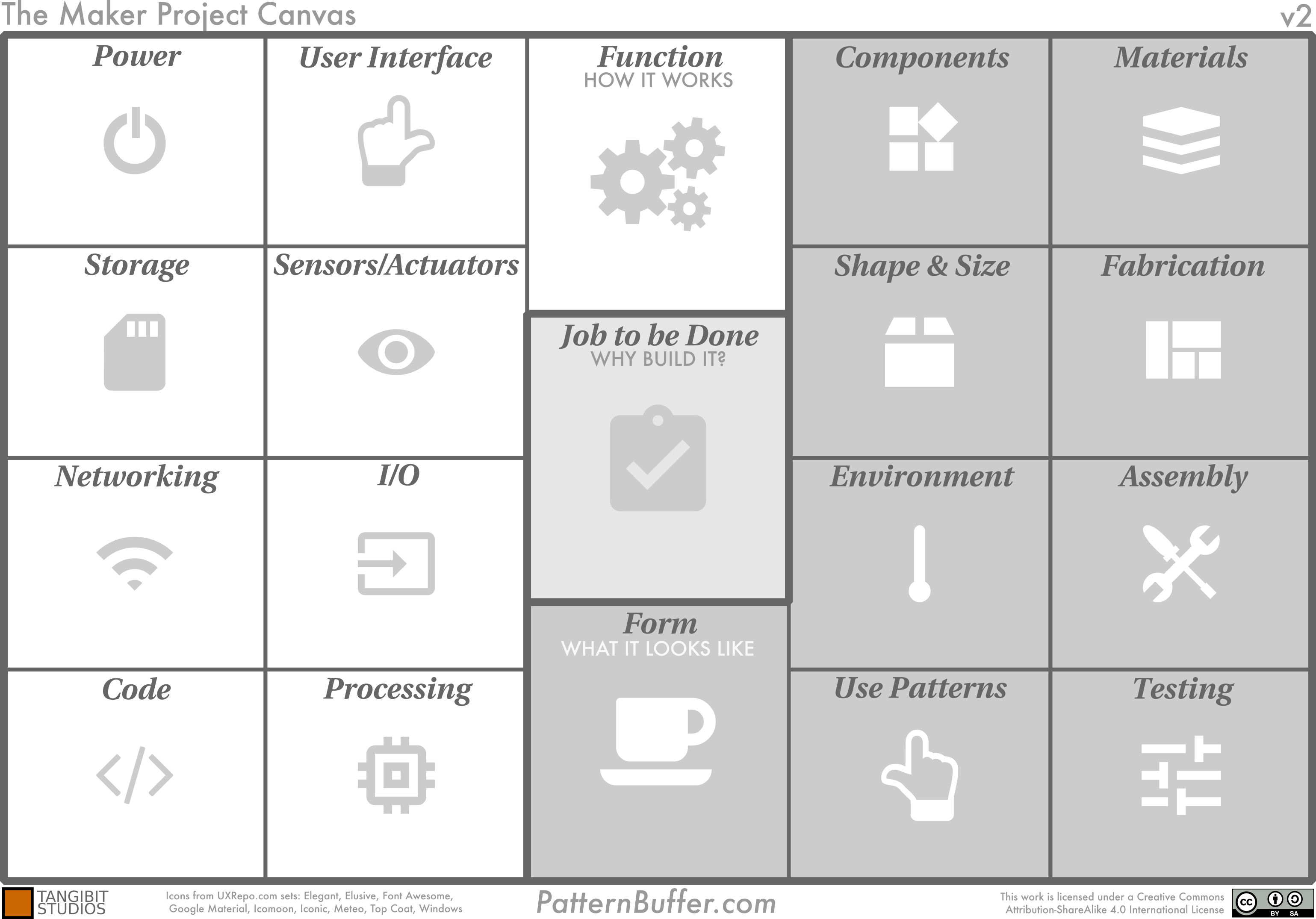


Jay Barney's 1991 article, "Firm Resources and Sustained Competitive Advantage," is seen as pivotal in the emergence of the resource-based view. In contrast, the resource-based view argued that sustainable competitive advantage derives from developing superior capabilities and resources. The so-called positioning school had dominated the discipline throughout the 1980s. RBV can be seen as a reaction against the positioning school and its somewhat prescriptive approach which focused managerial attention on external considerations, notably industry structure.

The RBV focuses managerial attention on the firm's internal resources in an effort to identify those assets, capabilities and competencies with the potential to deliver superior competitive advantages.ĭuring the 1990s, the resource-based view (also known as the resource-advantage theory) of the firm became the dominant paradigm in strategic planning. RBV proposes that firms are heterogeneous because they possess heterogeneous resources, meaning firms can have different strategies because they have different resource mixes. However, some scholars argue that there was evidence for a fragmentary resource-based theory from the 1930s. The resource-based view ( RBV) is a managerial framework used to determine the strategic resources a firm can exploit to achieve sustainable competitive advantage.īarney's 1991 article "Firm Resources and Sustained Competitive Advantage" is widely cited as a pivotal work in the emergence of the resource-based view.


 0 kommentar(er)
0 kommentar(er)
